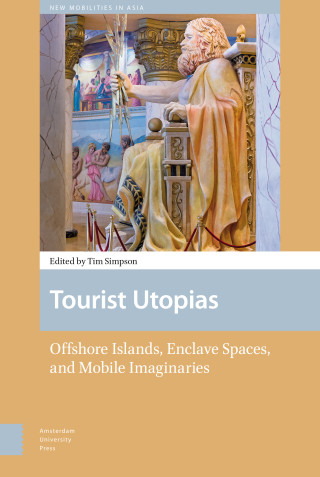
- Editorial Board
Xiang Biao, Oxford University
Peggy Levitt, Wellesley College
Johan Lindquist, Stockholm University
Tim Oakes, University of Colorado, Boulder
Aihwa Ong, University of California, Berkeley
Tim Winter, University of Western Australia
Brenda Yeoh, National University of Singapore- Flyer
- Download flyer
New Mobilities in Asia
In the 21st century, human mobility will increasingly have an Asian face. Migration from, to, and within Asia is not new, but it is undergoing profound transformations. Unskilled labour migration from the Philippines, China, India, Burma, Indonesia, and Central Asia to the West, the Gulf, Russia, Singapore, Malaysia, and Thailand continues apace. Yet industrialization in Bangladesh, Cambodia, and India, the opening of Burma, and urbanization in China is creating massive new flows of internal migration. China is fast becoming a magnet for international migration from Asia and beyond.
Meanwhile, Asian students top study-abroad charts; Chinese and Indian managers and technicians are becoming a new mobile global elite as foreign investment from those countries grows; and Asian tourists are fast becoming the biggest travellers and the biggest spenders, both in their own countries and abroad.
These new mobilities reflect profound transformations of Asian societies and their relationship to the world, impacting national identities and creating new migration policy regimes, modes of transnational politics, consumption practices, and ideas of modernity. This series brings together studies by historians, anthropologists, geographers, and political scientists that systematically explore these changes.
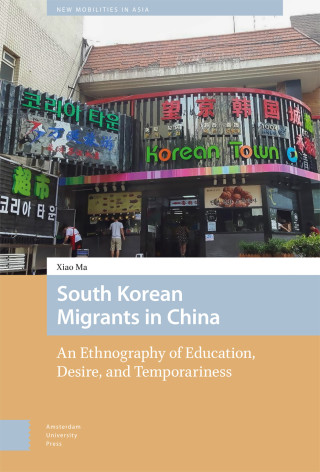
South Korean Migrants in China
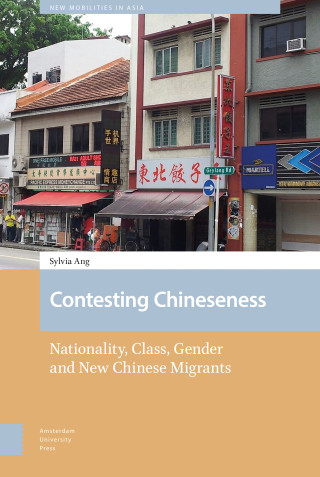
Contesting Chineseness
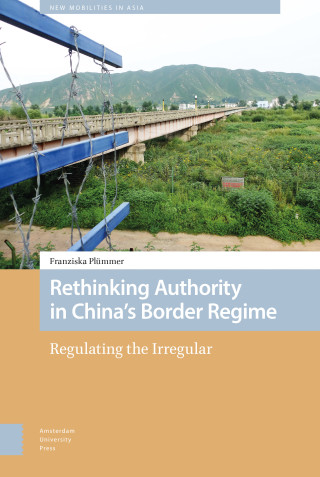
Rethinking Authority in China’s Border Regime
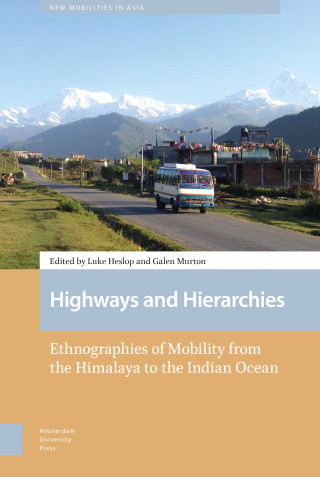
Highways and Hierarchies
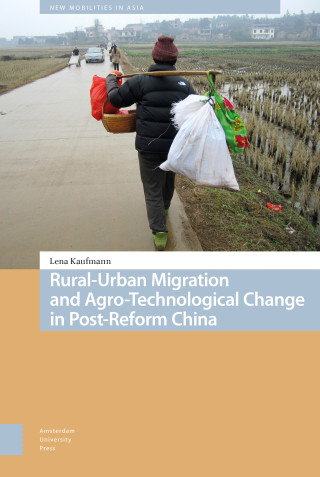
Rural-Urban Migration and Agro-Technological Change in Post-Reform China

Vietnamese Migrants in Russia

The Asian Migrant's Body
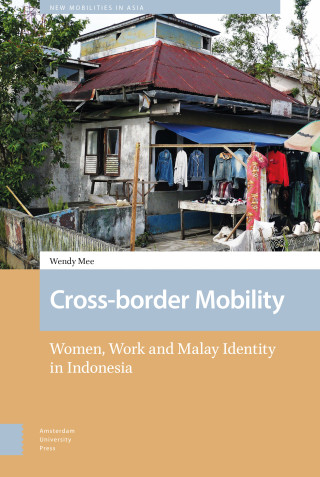
Cross-border Mobility
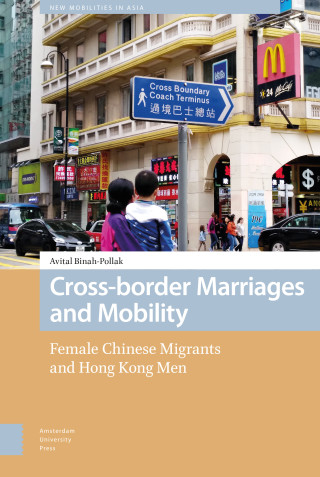
Cross-border Marriages and Mobility
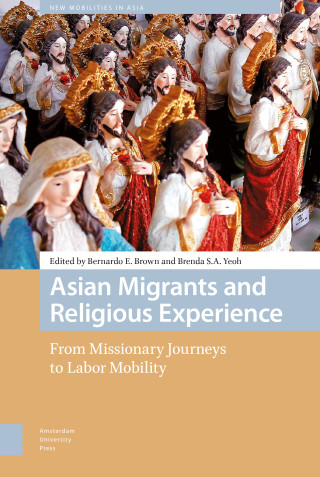
Asian Migrants and Religious Experience
